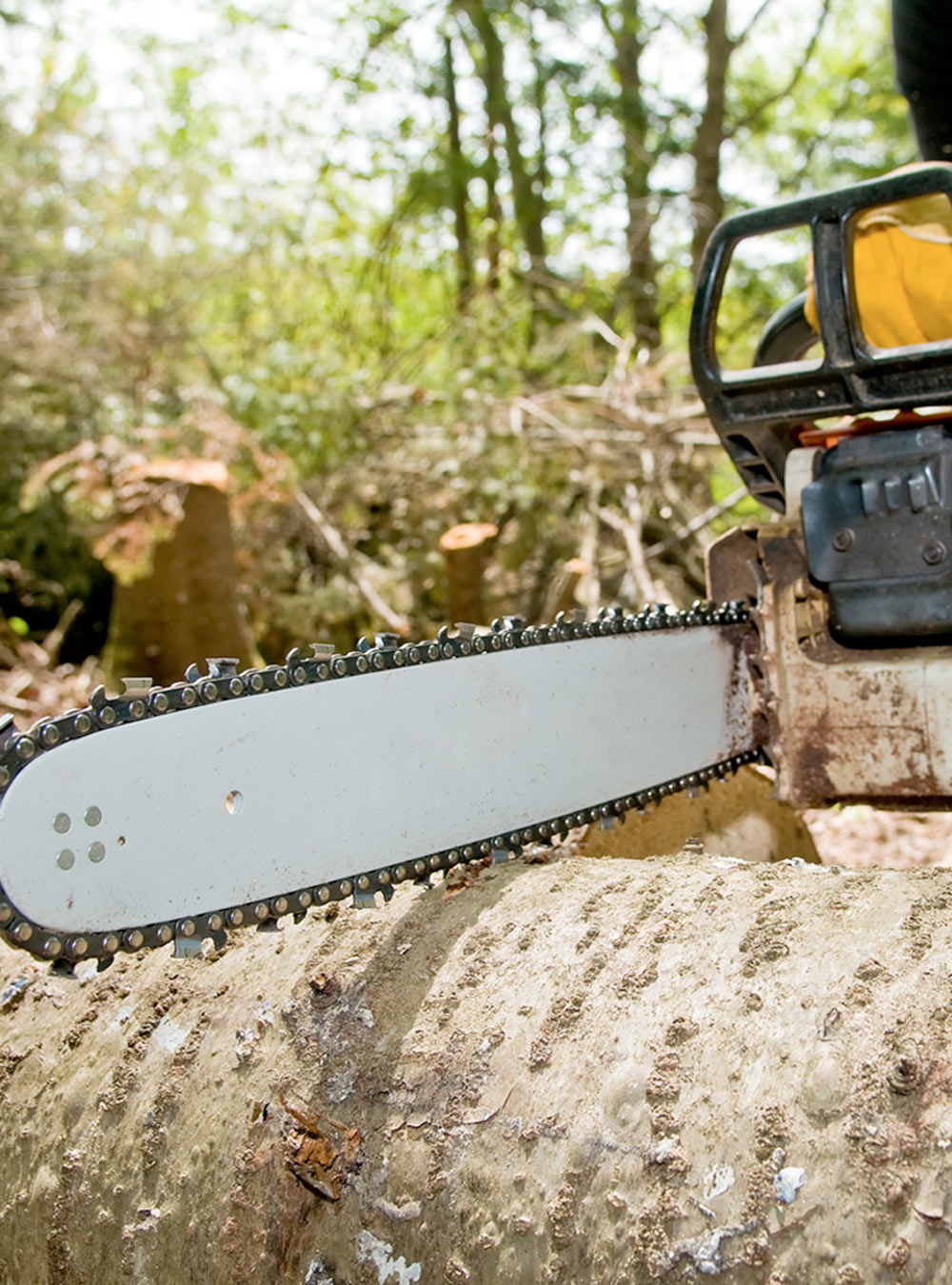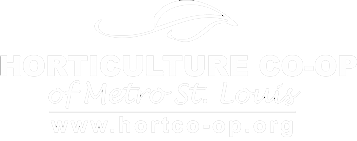Tree Damage Caused by Anthracnose
Anthracnose symptoms vary by plant, weather, and the time of year infection occurs. Anthracnose causes rapid and complete chlorosis, browning, then death of leaves, twigs, branches, and other plant tissue. Anthracnose can reduce a beautiful harvest into rotted waste in just a few days. The certified arborists at Omni Tree Services have experience in handling this infectious tree disease and can help you manage the problem.
How to Identify Anthracnose in Trees
Step 1: Are Your Trees Susceptible to the Disease?
Anthracnose is most noticeably seen in trees that shed their leaves annually. Trees weakened by other factors such as environmental stress, nutritional imbalance, or insects and diseases may be more susceptible to Anthracnose.
Trees that are most susceptible are:
- Oak
- Evergreen elms
- Ash
- Sycamore
- Maple
- Privet
- Walnut
- Basswood
Step 2: Do Your Trees Show Signs of Anthracnose Damage?
Depending on the host tree, anthracnose can develop differently on leaves, twigs, shoots, buds, and nuts. When leaves are infected in early spring, they often turn black and may be confused with frost-damaged leaves.
What you should be looking for:
- Small tan, brown, black, or tarlike blotchy spots and patches on leaves
- Dark, water-soaked lesions on leaves, leaf veins, stems, and fruit (the centers of the lesions often become covered with pink, gelatinous masses of spores especially during moist, warm weather)
- Young leaves that are curled and distorted with only a portion of the leaf dying
- Mature leaves that have spotty lesions
- Defoliation (heavily infected leaves fall prematurely throughout the growing season)
- Tree twig cankers (sunken, infected areas with swollen edges)
Step 3: How Does the Anthracnose Disease Spread?
Moisture is required for the fungi to begin to grow and infect the tree. The fungi wait out the winter season in infected twigs or dead leaves. In spring the fungi produce numerous microscopic spores that spread to new growth via splashing rain or sprinkler water, wind, insects, and garden tools. It especially spreads to leaves and newer twigs when in moist, warm conditions.
Cool, wet weather promotes fungi development, and the optimum temperature for the spores to grow further is between 75-85˚F. The disease will typically slow and become insignificant during hot, dry weather.
Step 4: Contact a Certified Arborist for Treatment
Anthracnose can cause stress to the trees, making them more susceptible to insects or more diseases, so it is best to have a professional tree health expert manage the disease.
Infected trees will need to have their dead wood pruned out and infected leaves destroyed. The certified arborists at Omni Tree Service will inspect your trees and take control of the issue in a timely manner.
Tree Disease Prevention
How you can prevent Anthracnose from developing and spreading:
- Plant tree varieties that are resistant to these fungi, or buy healthy transplants
- Plant in well-drained soil
- Enrich the soil with compost to help plants resist diseases
- Help leaves dry faster when trees are fully grown by spacing the plants far enough apart (this will maximize air circulation and increase sunlight)
- Water your plants with a drip sprinkler (not an overhead sprinkler)
- Don’t touch the plants when they are wet
- Keep ripening fruits from touching the soil
- Rotate your plants every 2-3 years
- Use protective fungicides
- Rake infected leaves and litter in the fall to help reduce infections in the spring
St. Louis, MO Residential Tree Service
Our certified arborists are tree health professionals experienced in tree diseases like anthracnose. We will inspect your trees and develop a plan of attack that will help get them back in shape. Contact Omni Tree Service to schedule an appointment or call us at 636-324-2101.








